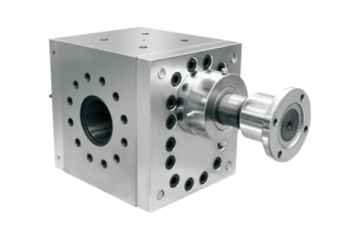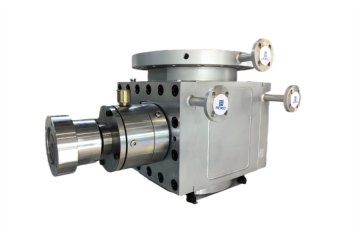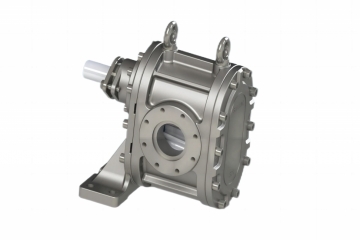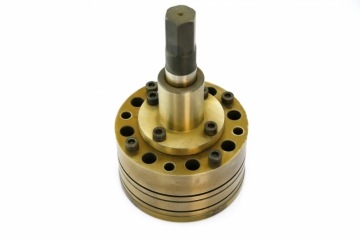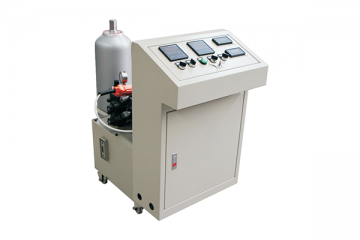Melt pumps have the advantages of compact structure, simple manufacturing process, low cost, and insensitivity to oil contamination, and are widely used. However, due to defects or improper maintenance in manufacturing, assembly, operation, and maintenance, the pump will often be damaged prematurely or even scrapped, causing the actual service life of the pump to fail to meet the design requirements. The main influencing factors are analyzed as follows.
Melt pumps have the advantages of compact structure, simple manufacturing process, low cost, and insensitivity to oil contamination, and are widely used. However, due to defects or improper maintenance in manufacturing, assembly, operation, and maintenance, the pump will often be damaged prematurely or even scrapped, causing the actual service life of the pump to fail to meet the design requirements. The main influencing factors are analyzed as follows.
1. The problem of radial force imbalance
When the melt pump is working, there is a pressure difference between the oil suction chamber and the pressure oil chamber. Since there is a radial gap between the tooth top and the surface of the pump body, the pressure acting on the outer circle of the gear gradually increases from the oil suction chamber to the pressure oil chamber. The distribution of pressure is shown in the figure. The resultant force F acts on the gear shaft, causing the bearing to be subject to a one-way radial force. The gear meshing transmission torque also generates a radial force (wearing the bearing). The higher the working pressure and the greater the one-way pressure F, the more serious the bearing wear will be, which directly affects the life of the oil pump. At the same time, unbalanced radial force can easily cause bending deformation of the pump shaft, increasing the radial gap on one side, increasing radial leakage, and correspondingly reducing the gap on the other side. In severe cases, the tooth top comes into contact with the casing, causing a "sweeping" phenomenon, which shortens the life of the gear pump.
2. Axial clearance leakage
During use, melt pumps are often scrapped due to increased internal leakage, decreased volumetric efficiency, and reduced pressure. According to relevant statistics, the axial clearance leakage of gear pumps accounts for 75%-80% of the total leakage.
3. Processing technology
The processing and assembly of parts are not strictly carried out in accordance with technical requirements, which is another important factor that reduces the life of the melt pump. For example: in actual work, the oil pump driving shaft is often brittle or fatigue fracture; due to poor control of the heat treatment process, or the matching size processing does not meet the requirements, causing premature deformation and failure of the keyway.
4. Installation and use
Correct installation and reasonable use are also very important to extend the life of the melt pump. When the pump is installed, the driving shaft cannot bear any additional axial force and radial force; the coaxiality between the driving shaft and the drive shaft of the motor should generally not be greater than 0.08mm. During use, the oil level in the fuel tank must be kept above the specified minimum limit, and no evacuation occurs. Otherwise, the inside of the oil pump will be burned out due to lack of oil lubrication for a long time.
5. Maintenance management
Scientific management and maintenance are also important links. According to on-site statistics, severe abrasive wear between the gear and the side plate due to hydraulic oil contamination was the main reason why the melt pump was scrapped due to severe internal leakage in a short period of time.






